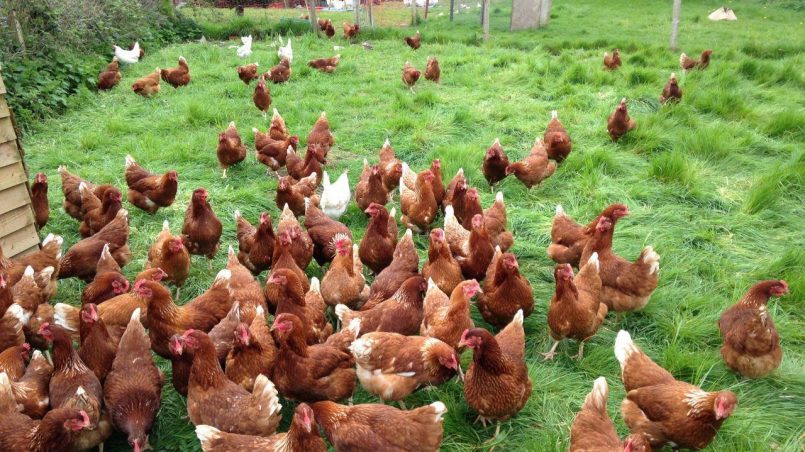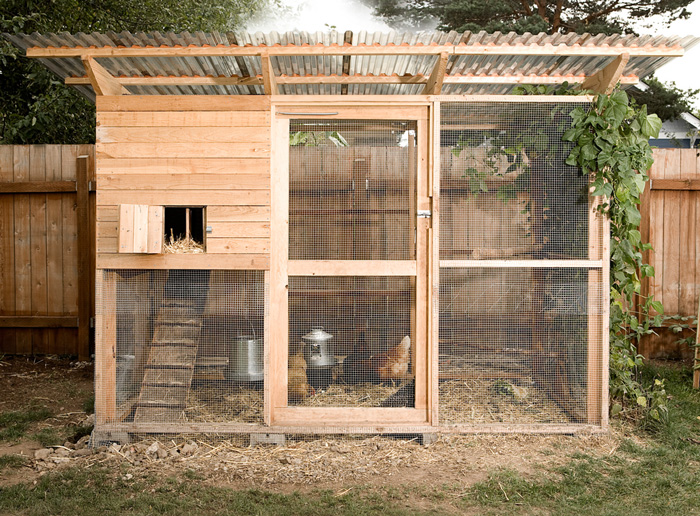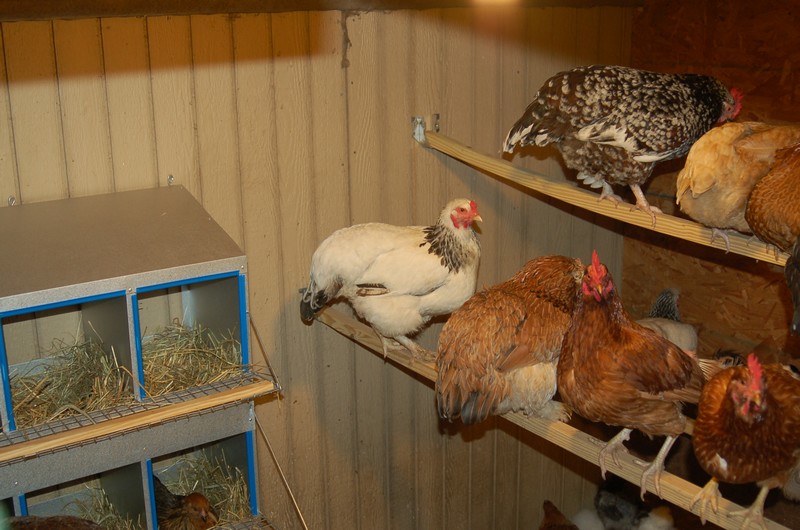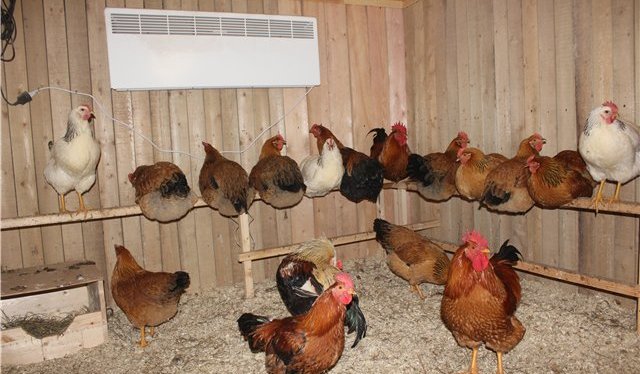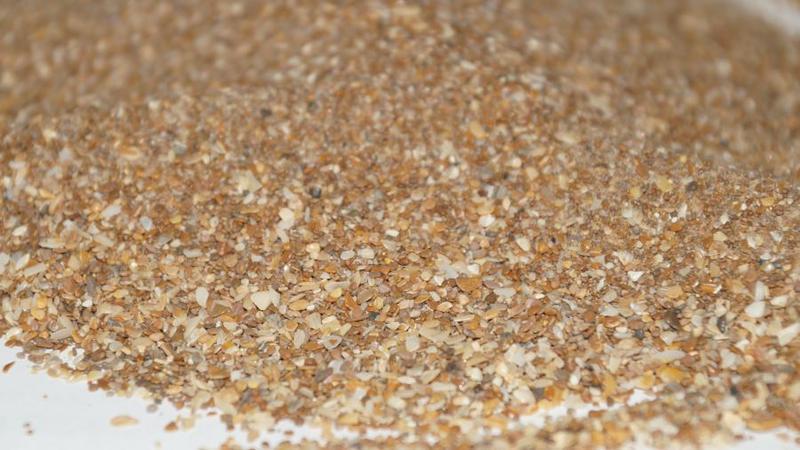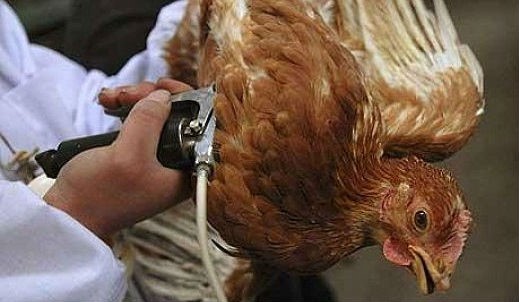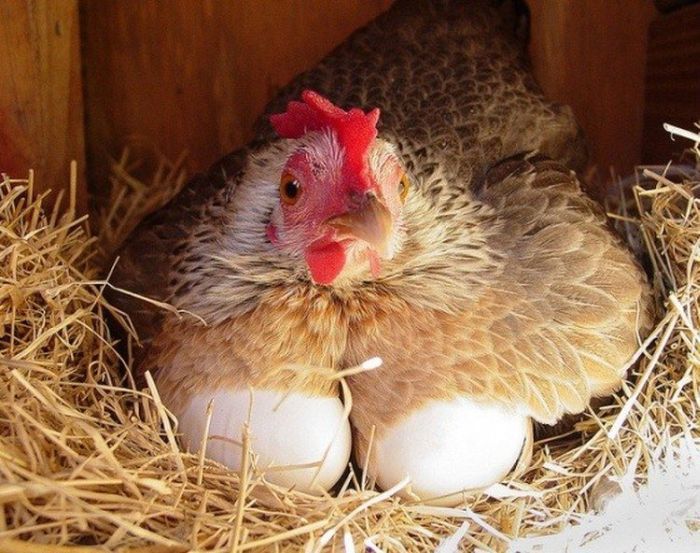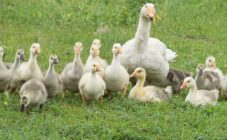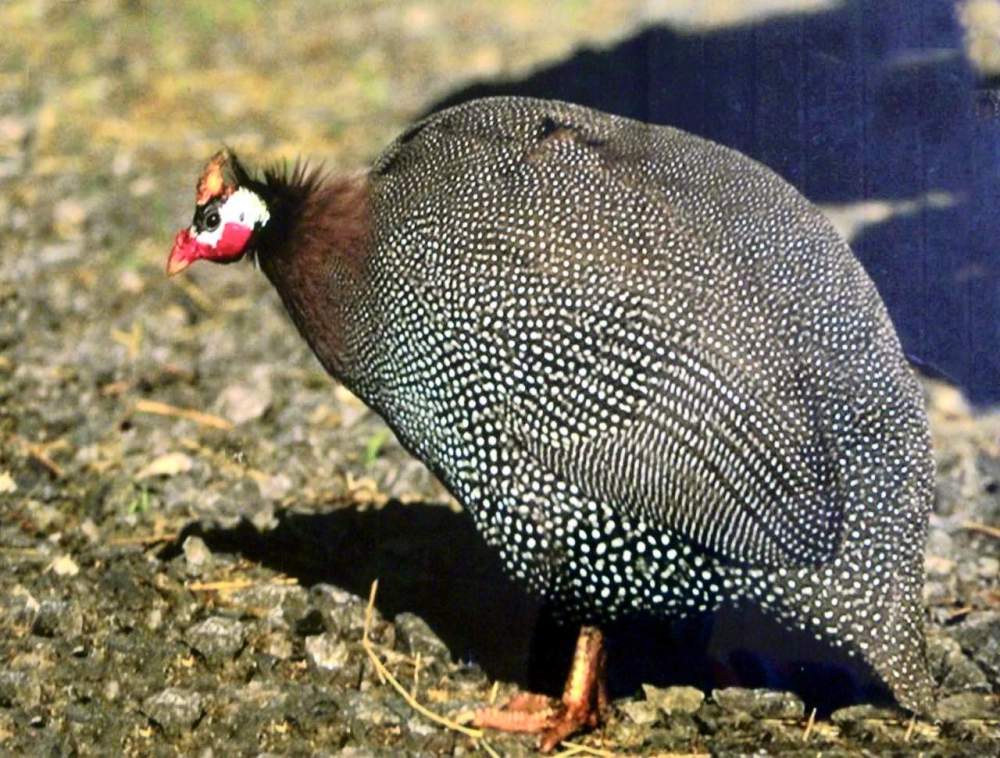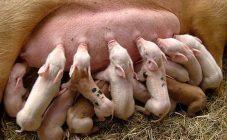Self-breeding is becoming a popular activity. Keeping chickens is beneficial and can be called waste-free. Chickens are unpretentious in food, grow quickly and begin to rush. Chicken manure is an excellent fertilizer. When installing automatic drinkers and bunkers for feeding chickens in a closed house, you can leave it unattended for several days.
How to get chickens
Breeding chickens at home for beginners is recommended to start by choosing a breed and a place of keeping. Breeds of chickens are divided according to the purposes of breeding into: meat, egg and meat. Meat breeds grow to slaughter weight in just a few months.
Chickens can be kept in closed chicken coops, cages and even on balconies in the city, as well as partridges. But in order to obtain quality indicators of obtaining eggs and poultry meat, it is more favorable to keep it in poultry houses with the possibility of walking in the fresh air. When choosing a place for a chicken coop, you need to take into account that the noise and smells from the bird do not disturb the neighbors.
At the dacha or in a private house, a room for keeping chickens is chosen from the calculation: 4-5 laying hens or 3-4 meat breeds per 1 m² of the area, with the same calculation of the number of poultry they arrange a place for its walking. A converted old barn or a newly built one, insulated for the winter or for one-season growing of meat breeds, is suitable for a poultry house. Meat breeds can be grown several times over the summer. In winter, the bird should be kept at a temperature not lower than + 10C °. At low temperatures, paws and combs are frozen in chickens. For heating non-insulated rooms, special infrared heaters are used.
The poultry house should be in a dry place, preferably on a hill, without the possibility of flooding in the spring or during a prolonged rain. Under constant direct sunlight, the chicken coop will overheat greatly, so such a place will not be the most suitable for construction.
Keeping chickens
The chicken house must be dry and clean. The plan of the poultry house, for mandatory air exchange, includes the construction of windows and ventilation. Supply and exhaust ventilation will ensure the correct microclimate in the house.
Chicken coop requirement
The windows in the hen house are made large and ¼ of the floor area. For winter maintenance, windows are made with double frames, which are removed for the summer.
For the bird to go out for walking, manholes are provided, the size of which is 30 * 40 cm. Light should be conducted into the chicken coop, especially the locations of the food and drinkers, as well as perches, are highlighted. Roosts - bars that are needed for the bird to sleep and rest. Perches are made at the rate of 25 cm per bird, multi-level or parallel to each other, but with a ladder for entry.
The height from the floor of the rungs varies, depending on the species:
- for egg - 90 cm;
- for meat - 60 cm;
- young stock up to 4 months - 30 cm.
Litter boxes are installed under the crossbeams.
In order for the hens to lay eggs in peace, special nests are made for them. Nests are made of various designs, like a box, semicircular or rectangular with an entrance. For the convenience of collecting eggs, the roof of the nests is made removable. Be sure to put straw bedding in the nests.
Feeders, drinkers and perches are periodically washed and disinfected. The litter is changed as it gets dirty or worn out.
One of the important features of such a chicken coop design is the installation of barriers against the entry of rodents and predators, especially in structures without a foundation. For this, metal sheets are stuffed at the bottom of the building.
Concreting the floor makes it easy to clean. For winter residence of a bird, it is especially important to insulate the concrete floor. Straw or sawdust bedding can be used as insulation. Wooden boards can be laid on the concrete floor, observing the gaps between them, or ready-made wooden pallets can be laid out. Pallets and boards are treated with antiseptics, disinfectants. Often in chicken coops, the floor is made with a slight slope for the convenience of sanitary cleaning and washing.
Bio litter for poultry
Modern technologies suggest using bio bacteria for processing poultry droppings in places where poultry are kept. A fermentation preparation containing live bacteria, safe for chickens, eliminating odors and generating additional heat, especially when kept in winter, is poured onto the sawdust. When using the litter, no harmful ammonia gas is released, the litter stays dry, this is especially important because the chickens clean the feathers in the litter. For the use of biological products, sawdust of a large fraction will be required; the use of peat in this case is undesirable.
Feeding
Chicken feeding technology depends on the purpose of growing. For feeding meat breeds, feed is used for gaining weight in a short time, using wheat, corn. For egg breeds, foods must be added to the diet that contribute to the better formation of the egg and its shell. For egg production, chalk and shell, millet, barley and oats are added to the diet.
For the normal formation and growth of chickens, the presence of meat and bone and fish and bone meal, fodder yeast, and mineral supplements is mandatory.
When feeding in summer, fresh grass is added. Always have fresh water in the drinking bowls every day.
Chickens are fed twice a day. In the morning, the chickens are given soft food, consisting of boiled vegetables, except for red beets and green potatoes. In the evening, give dry grain, whole or crushed. Salt is added to the food, it is possible to use dry bread. Chickens need to be given gravel, stone chips.
Vaccination of hens and chickens
In order to vaccinate a bird on your own, you should have some experience. When buying chickens, you need to have an idea of whether the parent tribe has been vaccinated. Vaccinations are done for chickens and chickens, according to a specific veterinary schedule. The drugs are used in the form of intramuscular injections, spraying of the total livestock and instillation through the nose and eyes of the bird. After vaccination, it is required to carefully monitor the condition of the bird in order to track the possible occurrence of side effects and poor tolerance of various drugs.
How to cut the claws of chickens
When keeping chickens in an open house with the possibility of walking, there is no need to trim the claws, because the chickens grind them off naturally when raking the ground. But in case of cage maintenance or a long stay on a deep litter, as well as injury, claws are cut with special claws for animals.When pruning, it is important not to touch the living part - the vessel on the claw, which is visible in the light.
When chickens rush
Chickens begin to lay eggs from 5 months to 3 years of age, later their productivity decreases. In order for the bird to start laying high-quality eggs in sufficient quantities during this period, it needs good nutrition, the illumination of the house and a favorable air temperature - from + 17C ° to + 22C °. At low temperatures in the hen house, in winter, egg production decreases, so the house needs to be insulated or additionally heated. On short light winter days, the bird will begin to sleep a lot and run a little, so the chicken coop is supplemented with lamps with dim light, equipped with shades. It is recommended to leave the light on from 6 am to 7 pm. Switching on the lighting must be thought of with a smooth, gradual increase in brightness - a sharp contrast can scare the bird.
Keeping chickens in winter
Keeping chickens year-round in order to obtain eggs will require an insulated chicken coop. Chickens can comfortably stay at a temperature of + 10C ° in the chicken coop, and when they go out for a walk - up to -10C °. The most favorable space for winter keeping will be a spacious chicken coop, in which the chickens will exist for the entire cold period. It is recommended to insulate the walls and especially the roof of the house with mineral wool or foam. Before and before installing the materials for insulation, the walls are protected with a vapor barrier film. Inside the chicken coop is sheathed with OSB plates. Experienced poultry farmers recommend keeping the house warm by insulating the overall structure with building materials in order to save money on electric heaters.
Caring for chickens also includes attention to their health. Lack of vitamins, overcrowding and other unfavorable factors of maintenance cause various diseases. Sluggish or infected individuals should be caged separately so they are not pecked at by strong relatives. The sick bird is well fed, given vitamins, and planted under additional illumination with an ultraviolet lamp. In the absence of improvements, the inability to independently determine the causes of the onset of diseases or the different condition of the bird, they turn to the veterinarian.
Tips & Tricks
Some tips for keeping birds:
- In order to return an escaped chicken or for treatment, it must be caught. For catching, the chicken is lured by scattering feed, or special devices are used. Such devices are used in order to hook the chicken by the leg and thus catch, their design consists of a stick with a narrow loop at the end.
- With the development of adverse factors during the breeding of chickens, they develop a state of stress. The consequences of such conditions slow down the growth and development of chickens, reduce their egg production, lead to injuries and, in some cases, death of the bird. Stress factors include improper thermal conditions, high humidity in the room, lack of ventilation and various noise. In order to bring chickens to a healthy state, first of all, unfavorable factors, sources of noise, which may be, for example, inappropriate roofing of a hen house, are eliminated. The noise of raindrops hitting the metal roof, even when walking under a canopy, is stressful for chickens. For removal from traumatic conditions, the bird is soldered with vitamins and drugs.
- When keeping laying hens at home in cases of vaccination or antibiotic treatment, drugs are administered intramuscularly. For chickens, this procedure is painful, it is carried out independently or with the help of a veterinarian.An injection is made into the pectoral muscle, retreating a few centimeters from the keel bone, which is located in the middle of the sternum. The needle is inserted 1.5 mm, slowly injecting the drug. In the case of using several drugs, the parts of the sternum into which the injection is given alternate.

When keeping chickens at home in cases of antibiotic treatment, drugs are administered intramuscularly
Common questions
Repair young growth
Replacement chicks are chickens that are raised to replenish the total hen population with aging poultry, diseases or other reasons that require a change or renewal of the flock. Replacement chickens are raised to renew mainly egg breeds of chickens. If you breed chickens as a beef breed, for example, a broiler, due to its short growing period, no replacement of livestock is required.
Place eggs from the refrigerator under the chicken
Can chickens walk in the rain
Chickens can walk in the rain, but without severe hypothermia. Birds mainly regulate their stay in bad weather on their own. But, depending on the breed, you should consider how to care for the hens. After all, if the chickens have nowhere to dry after the rain, then it is better not to let them out of the poultry house, in order to avoid various diseases. To improve the conditions for keeping birds in the walking area, sheds are built.
Even an inexperienced poultry farmer can start keeping chickens in the country and in a private house and succeed in this. There is no one-size-fits-all bird rearing model and each house has its own unique experience. Poultry farming is a profitable way to obtain the best quality eggs and meat.
